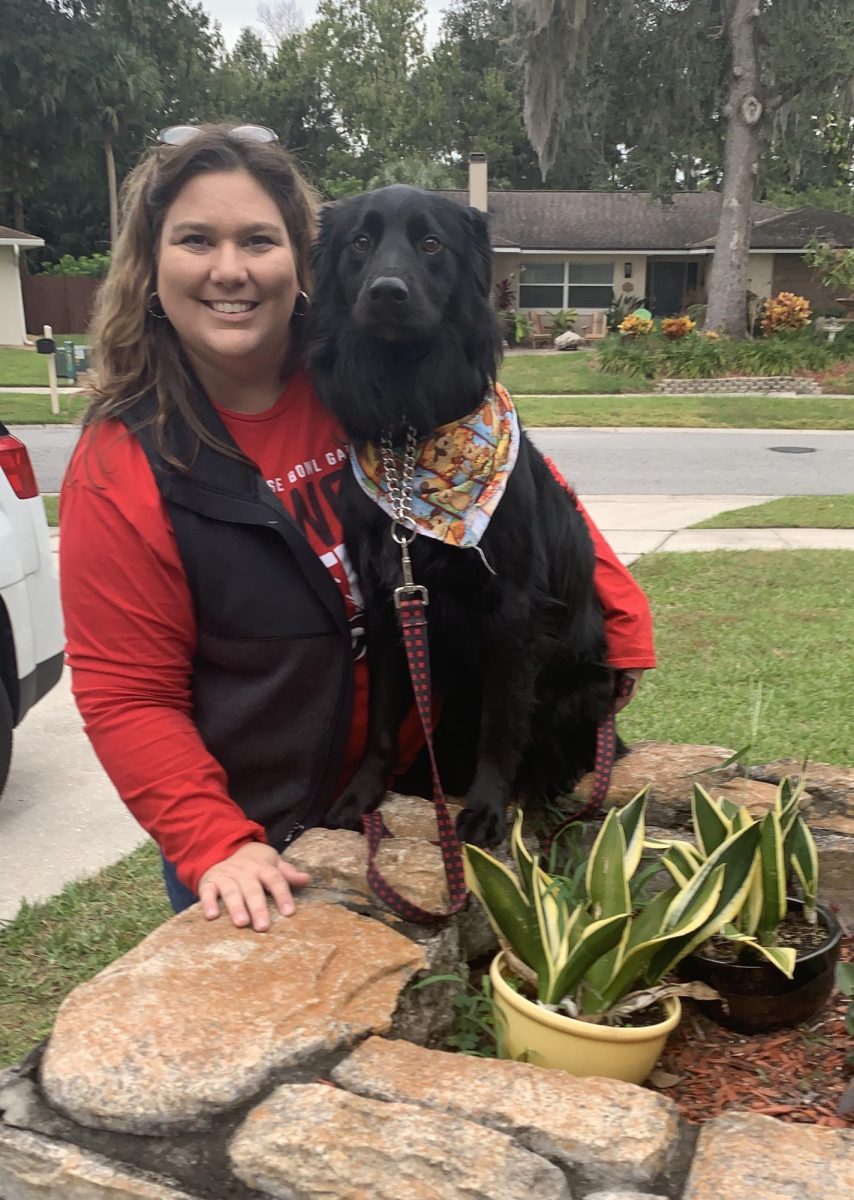“Rizz”, “Sigma” and “Cap” are just three of the seemingly ever-increasing number of slang words used among Gen Z and Gen Alpha. However, these generations’ slang differs from others due to their dissemination through social media. This technology — unique to Gen Z and Gen Alpha — has allowed for the rapid spread of slang across the world, while older generations didn’t have such an opportunity. To capitalize on this, consumer brands have begun to utilize this slang to attract a younger audience. Walmart, for one, released an advertisement including the use of “Cap” and “Ohio,” which bridged the gap between back-to-school products and Gen Alpha consumers.
Lori Johnson, Vice President of Corporate Communications at Advent Health, confirms that slang can help corporations relate to a more youthful audience.
“If we know that this is how our younger generations talk, act and feel, then by mimicking that we can appeal to them,” Johnson said. “They will feel closer and more in touch with our brand than a different one.”
According to Statista, 19% of Gen Z members, aged between 18 and 24, stated that using Gen Z or Alpha slang in advertisements affected their feelings positively. Johnson concurs with this statistic.
“Gen Z loves slang,” Johnson said. “It speaks to them. It makes them feel like the brand understands them.”
Content Strategy Manager from Vaneck Associates, a leading global investment management firm, Taylor Hutching believes that slang can also be used to target specific audiences.
“We’ve used slang with the crypto audience and it really resonated with them,” Hutching said. “It’s brought in a big following in that space for us.”
Since the start of the year, Vaneck’s X (formerly known as Twitter) account has risen from 32,000 to 70,000 followers.
Slang can also be used internally to communicate with younger employees. For example, Advent Health, slang is used in internal communications to target Gen Z employees. However, slang has some limitations due to the changing nature of trending words.
“Slang doesn’t work very well on website searches,” Johnson said. “If you’re creating content on a website and you’re using slang, it’s not going to help you climb to the top of the search category on website searches because it changes so quickly it’s not recognized.”
Furthermore, slang may not be effective for audiences, excluding Gen Z and Gen Alpha. Johnson believes that older generations may not fully understand the use of Gen Z or Gen Alpha slang in marketing.
Slang can also feel forced and awkward when it is not carried out properly. According to Hutching, asset management firm BlackRock’s old TikTok posts were months late to the trends and generally felt forced and uncomfortable.
Nonetheless, slang is more effective for Gen Z. According to Johnson, Gen Z doesn’t want to be advertised and wants to be entertained through the use of slang.
Additionally, with younger audiences, slang can be utilized to attract more viewers. The @tps_stuco Instagram account, run by senior Charlotte Davis, uses slang and trends in her posts. Since she started incorporating slang into her posts, the account has garnered a greater following.
“We’ve increased by at least 100 followers since the beginning of the school year, and I’ve heard a lot of positive feedback from a lot of my peers,” Davis said.
Davis believes that young people are more comfortable communicating with slang as it is more casual. This nonchalance towards communication speaks to the younger generation and also plays a strategic role in today’s fast-paced digital marketing field.
“We live in an environment where people are scrolling so quickly that it’s hard to grab attention, so sometimes slang can be the thing that makes people stop and go: ‘That’s funny.’ ‘That’s entertaining,’” Johnson said.
















